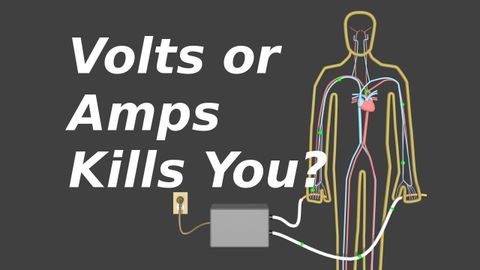ボルトとアンペア、どちらがあなたを殺すのか?電圧、電流、抵抗 (Do Volts or Amps Kill You? Voltage, Current and Resistance)
301 05邱鈺媜 が 2024 年 09 月 16 日 に投稿  この条件に一致する単語はありません
この条件に一致する単語はありませんUS /ˈprɑːpərli/
・
UK /ˈprɔpəlɪ/
US /ˈpɪriəd/
・
UK /ˈpɪəriəd/
- n. (c./u.)期間 : 時代;強調;終止符;生理;授業時間 : 時限
US /vəˈraɪɪti/
・
UK /və'raɪətɪ/
エネルギーを使用
すべての単語を解除
発音・解説・フィルター機能を解除
